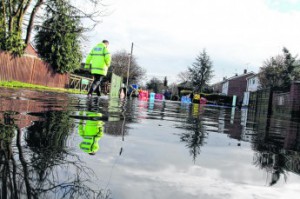 We are currently overseeing an insurance reinstatement of a flood damaged property in Kingsclere, Berkshire.
We are currently overseeing an insurance reinstatement of a flood damaged property in Kingsclere, Berkshire.
We first became involved when our client was having difficulty in getting the loss adjustor from their insurance company to assess the property. We were asked to supply a defect diagnosis report to assess the cause of the water damage to their building.
We undertook the survey and produced the report which we supplied to the loss adjustor, who had not understood the gravity of the technical failure. As a result, we were able to explain that the insurance claim was likely to be larger than the loss adjustor had orginally anticipated and that a larger scale reinstatement would be necessary.
We were duely appointed by our clients to undertake and oversee the project management of the reinstatement, which is currently on site.
If you have damage to your property due to flood, fire or other insurance related loss, please contact us as we may be able to provide our professional assistance.
Contact Us
Fill in the below form to contact us today.
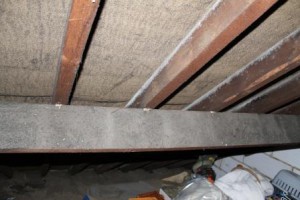
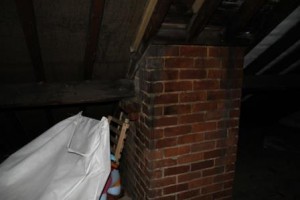
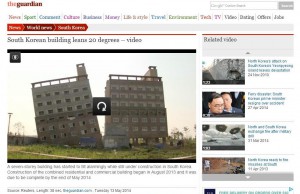
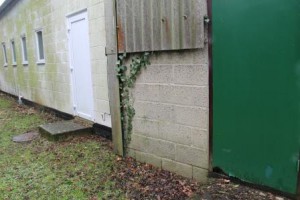
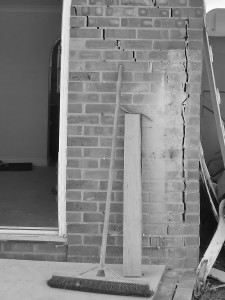
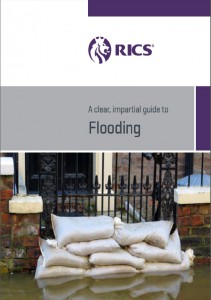 The Royal Institution of Chartered Surveyors has issued helpful advice in the wake of the recent flooding throughout the UK.
The Royal Institution of Chartered Surveyors has issued helpful advice in the wake of the recent flooding throughout the UK. 


